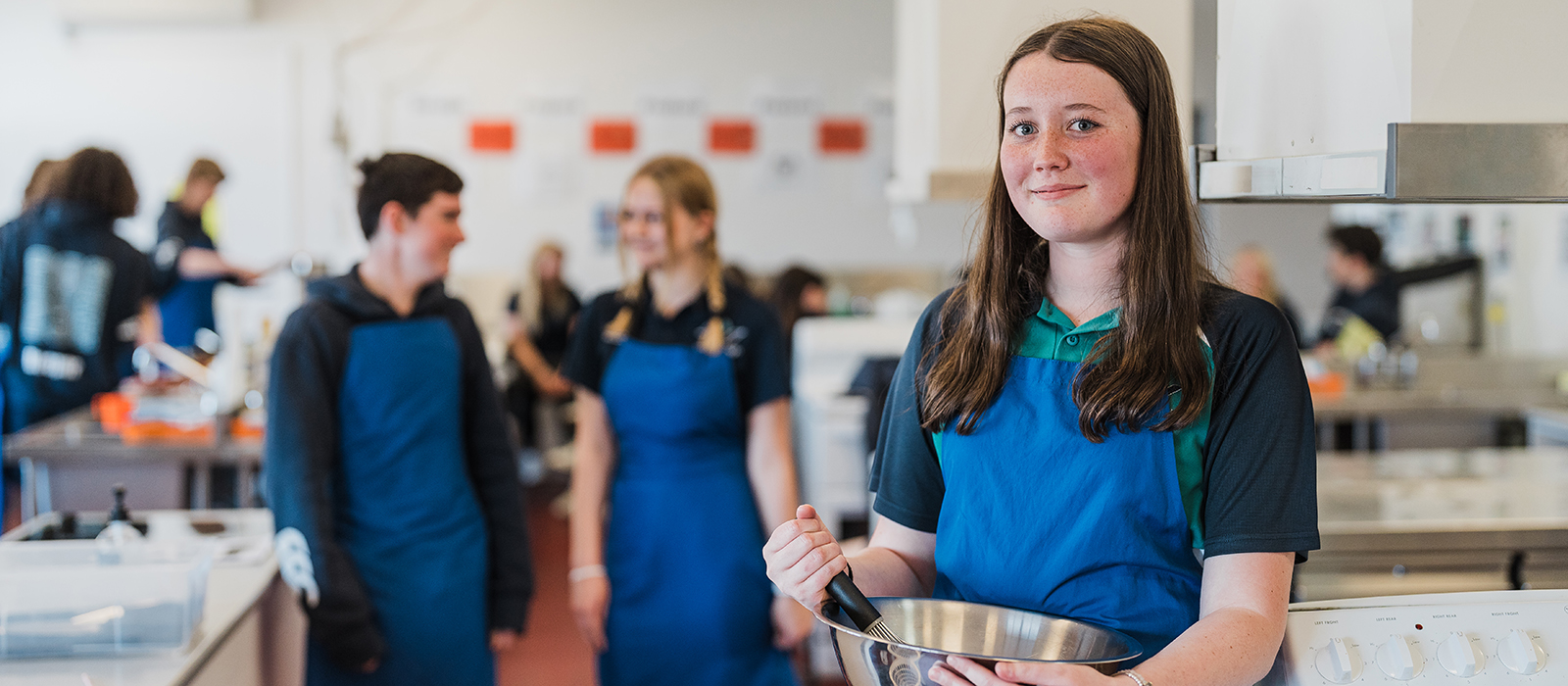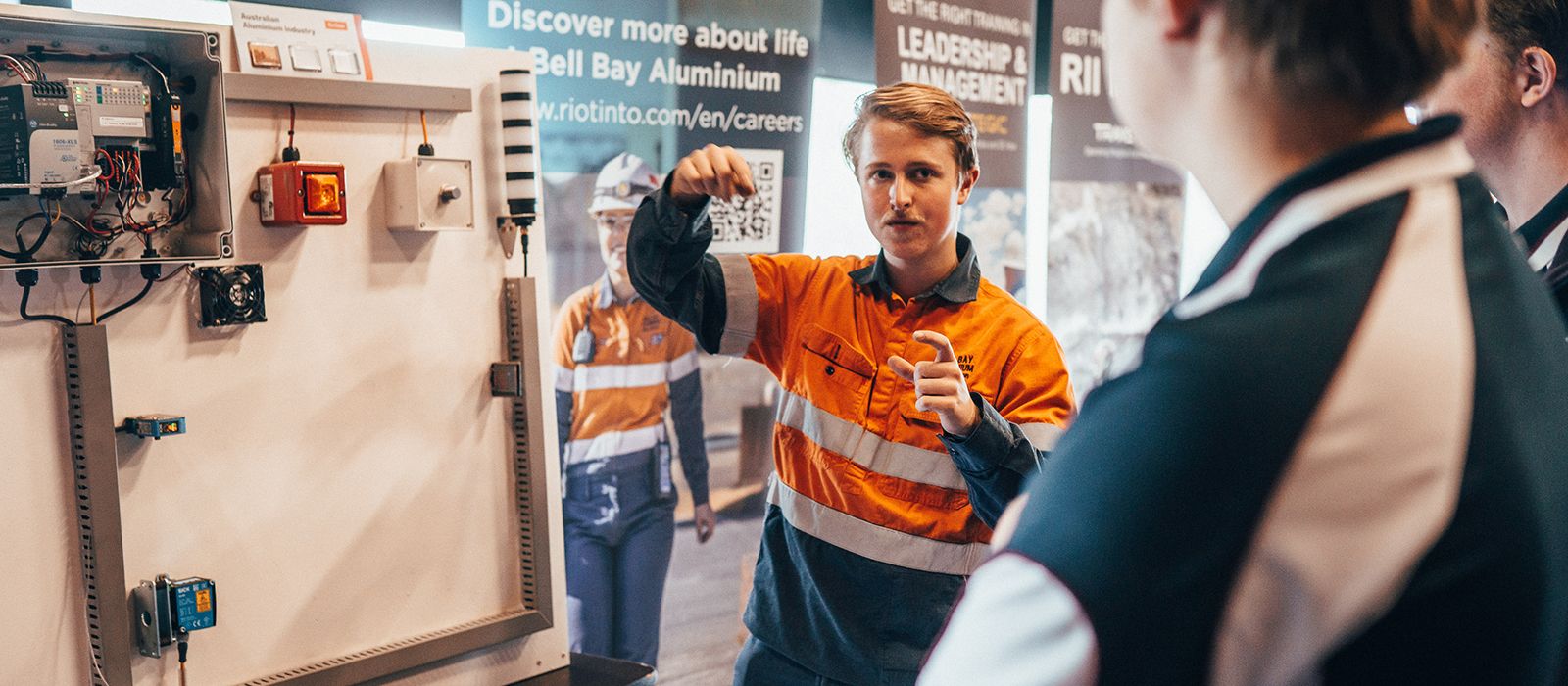
Meet the future, face to face
Too many secondary students are making poor career choices. Why? Because they don’t have the information they need, according to a recent report by the Organisation for Economic Co-operation and Development (OECD). For example, many teenagers aspire to jobs at high risk of automation in the next 10 years. Or they expect to work in a managerial role by the age of 30. Surprisingly though, there are many students who are not planning to secure a level of education that’s required for this type of career. (So how’s that going to work?)
Around the world, it’s a similar story. Young people are out of step with labour market expectations. Their aspirations, qualifications and skills are a mismatch. Even though young people today will often have more years of education. They’ll often have higher qualifications and loftier career ambitions than ever before (and there’s nothing wrong with that). Unfortunately though, it’s not translating into employment. In fact, youth unemployment is high in most developed countries of the world.
The irony is that employers struggle to find young people for their business. Many young applicants don’t have the right skills, qualifications or expectations for the position. (does this sound familiar?)
Clearly, there’s a lot of confusion out there.
Now for the good news.

How your business can connect with schools and students
The OECD analysis reaffirms the significant role that employers can play. Students need authentic and ‘first-hand’ knowledge of the many and varied career options. In fact, the more often your business provides this the better the outcome for students and your business.
Start by engaging with students (and their schools). Options include:
- Inviting students to visit your workplace for tours
- Job shadowing (ie, where students gain a better understanding of what a job entails by following one or more staff members through their daily routines).
- Providing short-term work experience or work placement
- Visiting students at their school (or online) as a guest speaker
- Being part of a career talk or expo
- Profiling an employee’s success story or trade event on a career education website
Any one of these options can make for a powerful and lasting impression on students.
What’s more, this enables you to meet future potential employees of your business (and for them to meet you).

A ‘win win’ for students and employers
The benefits to students connecting with employers include:
- Students have a better understanding of the labour market
- Students learn about distinctive workplace cultures
- Students’ aspirations broaden
- Students challenge their assumptions about their ambitions
- Students create networks with people working in the real world
- Students are more employable later on.
The benefits to employers by connecting with students include:
- When you show students what you do, it shows students what they can do
- An expansion of the talent pipeline to your business
- More chance of finding the best talent
- New employees (once former students) know upfront what’s expected in the role.
This means they can hit the ground running. - Higher retention and productivity levels of staff due to greater job satisfaction
Teenagers in Australia who took part in workplace visits earned 9% more at age 25 than comparable peers. They were also more likely to be satisfied with their career as adults*
In Australia, students who attended a Careers Expo at age 15/16 had greater career satisfaction at age 25/26 than peers who didn’t participate in education events*
How your organisation can get involved
Try being proactive. Whether you are a business or peak industry body, you can do a variety of things to engage the workforce of the future. For more information contact Years 9 to 12 Learning at the Department for Education, Children and Young People, Tasmania. seniorsecondaryprovision@decyp.tas.gov.au
*For more details on the OECD publication, visit: oecd.org/education/career-readiness/